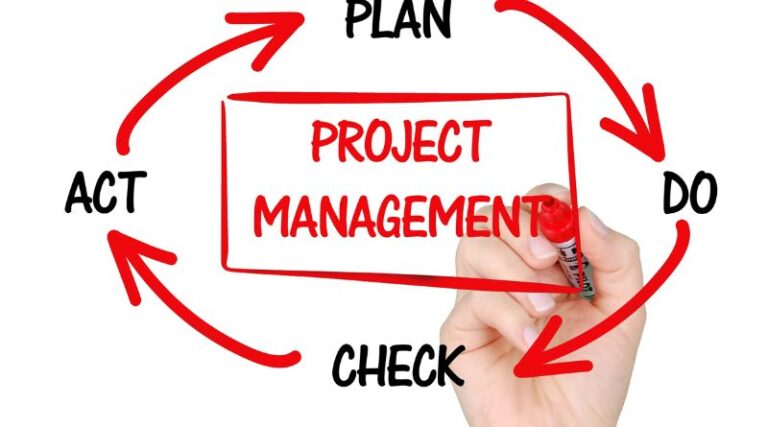Managing business projects is a critical part of any executive’s job. It requires you to identify and manage stakeholders, develop plans for managing timelines and resources, and then implement them. In this article, we’ll explore how to manage your business projects more effectively by identifying key steps for successful project management.
Identify your business priorities.
The first step to improving how you manage projects is to identify the most important tasks, or “business requirements,” that need to be completed on a specific date and time. You can do this by asking yourself: What are my customers expecting from me? How much revenue am I generating each year? Which projects will have an impact on those numbers? How much time do those projects require compared with others? These questions help you prioritize the tasks at hand so that they get done in the order of greatest value for your company’s bottom-line results.
Assess the company’s resources and capabilities.
- Assess the company’s resources and capabilities.
- Understand what your company can do, and what it can’t do.
- Understand what your company needs to do, and how much time is available for those activities.
Evaluate the risks involved in each project.
Your project manager will want to know what risks are involved in each project. This can be done through a risk assessment process, which involves identifying, evaluating, and responding to them.
The goal of the risk assessment is to minimize the impact of these risks on your project. It’s important that you understand why this is so important because there are many reasons why we might have issues with our business strategy: time pressure; lack of resources; lack of knowledge about our industry or market space; etcetera.
Make a decision about which projects to focus on.
- Prioritize the projects.
- Choose the projects that are most important to your business.
- Consider the time and cost involved in each project, as well as how much it’s worth to you to get it done right now versus later.
- Prioritize projects based on risk (what could go wrong), impact (how much money or effort will be spent if something does go wrong), and urgency (when is this needed).
Prioritize tasks and assign necessary resources to them.
The first step to managing business projects more effectively is prioritizing tasks and assigning necessary resources.
- Prioritize tasks according to their importance: The most important tasks are those that will have a direct impact on the project’s outcome, while less important ones may be delegated to other teams or individuals.
- Use a task management system: Once you’ve prioritized your tasks, use a system such as Trello or Asana (or any other online tool) so that everyone involved in an activity knows what needs doing and when it needs doing it. This makes sure no one gets left out of the loop!
- Assign tasks properly: Make sure each person assigned has enough experience with whatever task they’ve been given–if not then find someone who does before moving forward with their work plan! Also, remember that some people may need extra help; if this is true for you then ask yourself how much time/resources will be required until completion (ease into this process slowly).
Develop a plan to manage stakeholders, especially key personnel.
A business project is a complex, time-sensitive endeavor. It requires the involvement of many people, each with different skills and responsibilities. To ensure that your project runs smoothly, you need to know who’s involved and what their roles are so that you can make sure they have everything they need to succeed.
- Create a plan for managing stakeholders:
- Make sure that all key personnel understands their roles and responsibilities in this process; communicate with them regularly about how things are going so far; make sure everyone knows what will happen next (and when).
Conclusion
With a well-defined business plan and the right team of people, you can manage your company’s projects more effectively. The key is to identify your business priorities, prioritize tasks, assess risks, and make a decision about which projects to focus on.
For more info click here








